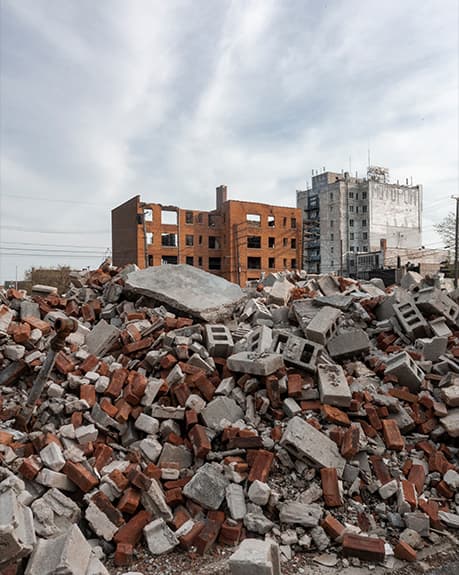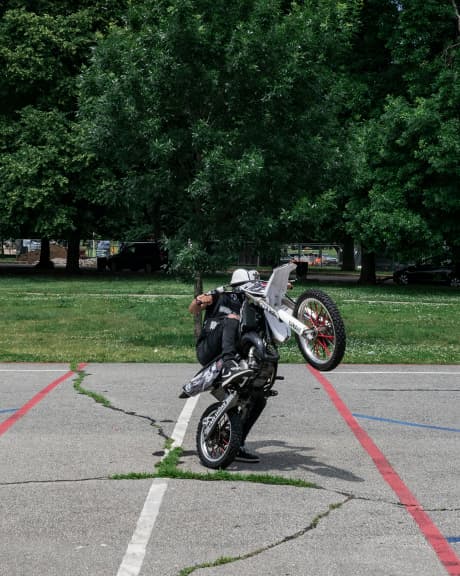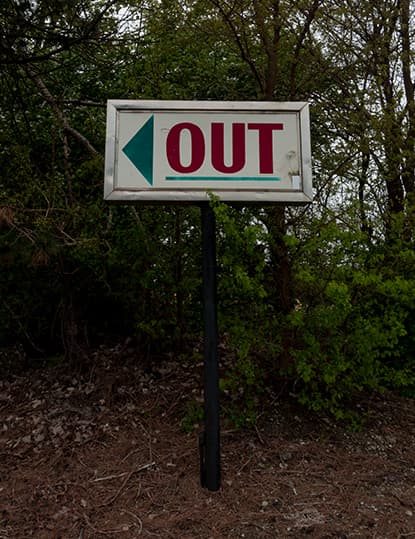What can be more majestic than a towering waterfall, a family of giant redwoods or the roaring sounds of the Pacific Ocean? These are all the sights and sounds that makes up the “wildness” that we set out to find in our outdoor adventures. These are the places that filmmakers seek out for their adventure films, but for a moment, imagine a field of butterflies, wild parrots screeching across the skies, bobcats and deer running free, these too make up our wild landscapes, but can be and are found throughout city landscapes, landscapes that are home to tall buildings that house businesses that we cater to on the daily.An old abandoned building that once housed families, but now are rusted out shells with weeds growing up in the middle of what was once a bedroom. Not what we view as nature or wilderness, traditionally, but still serves as such for many. And just perhaps, inspires the eyes that visit these spaces, daily, to wander off to the more traditional nature landscapes, the exotic and faraway lands that need new eyes and depends on new eyes for protection.The old saying, beauty is in the eye of the beholder, holds true to most of my nature experiences because I see them on the daily, versus my time spent driving far distances to visit our amazing national parks across the country.I cherish those moments not because they hold more value, but because they are a constant reminder of why I do the work I do. But I’m also inspired by the beauty that is right outside my front door, when time doesn’t provide me the means to hop in my car and drive for hours for my daily dose of inspiration.
All too often we speed through our days, not taking the time to appreciate the beauty that is all around us.Our days are filled with meetings and phone calls, we push aside idle time because we view it as a waste, non-productive, but those are the exact moments I seek out, the moments that bring me clarity and time to gather my thoughts. Let us slow down, set aside time to be still. Nature is a constant reminder of how in moments of stillness, we continue to grow.


